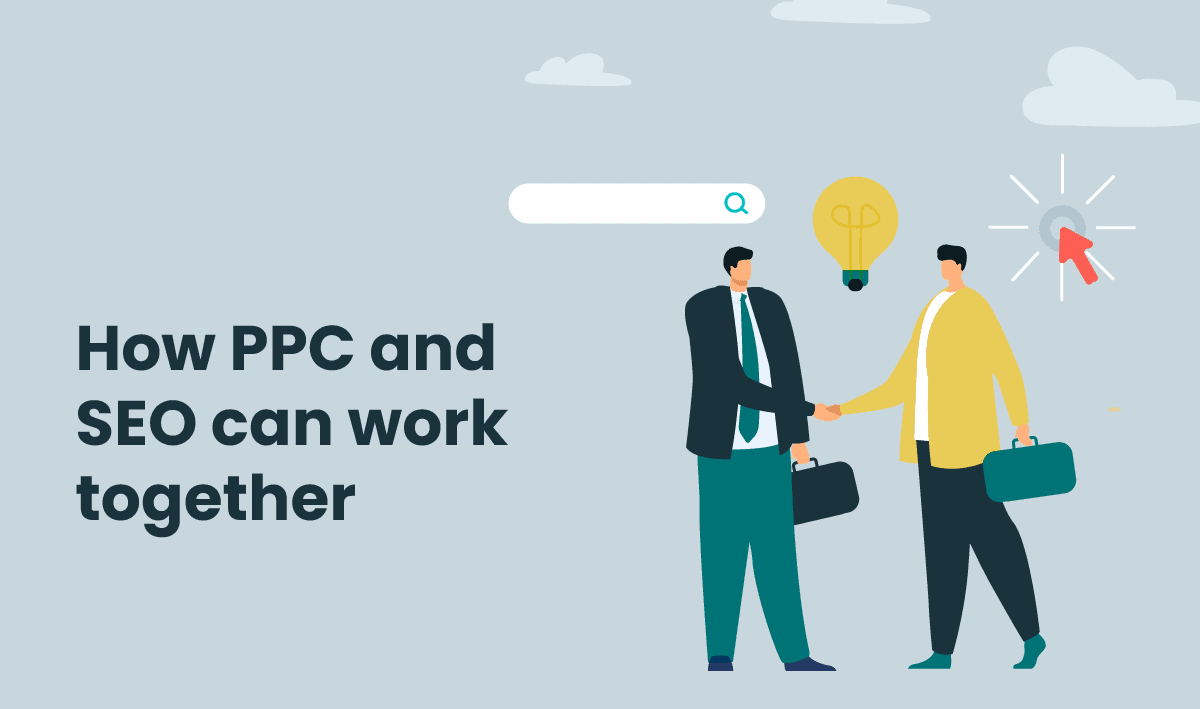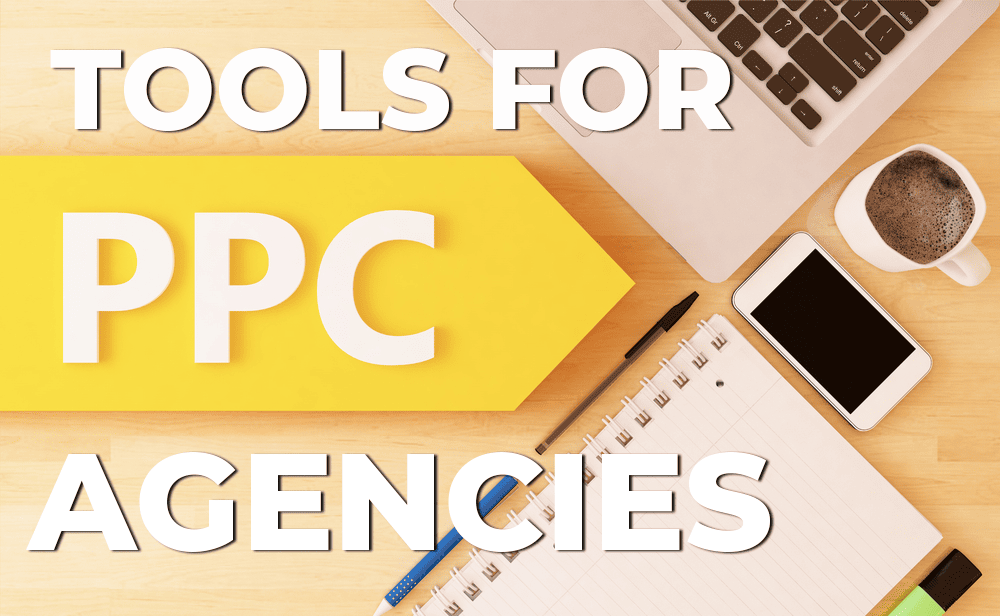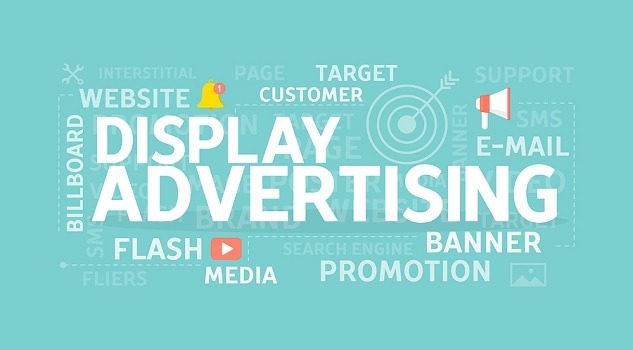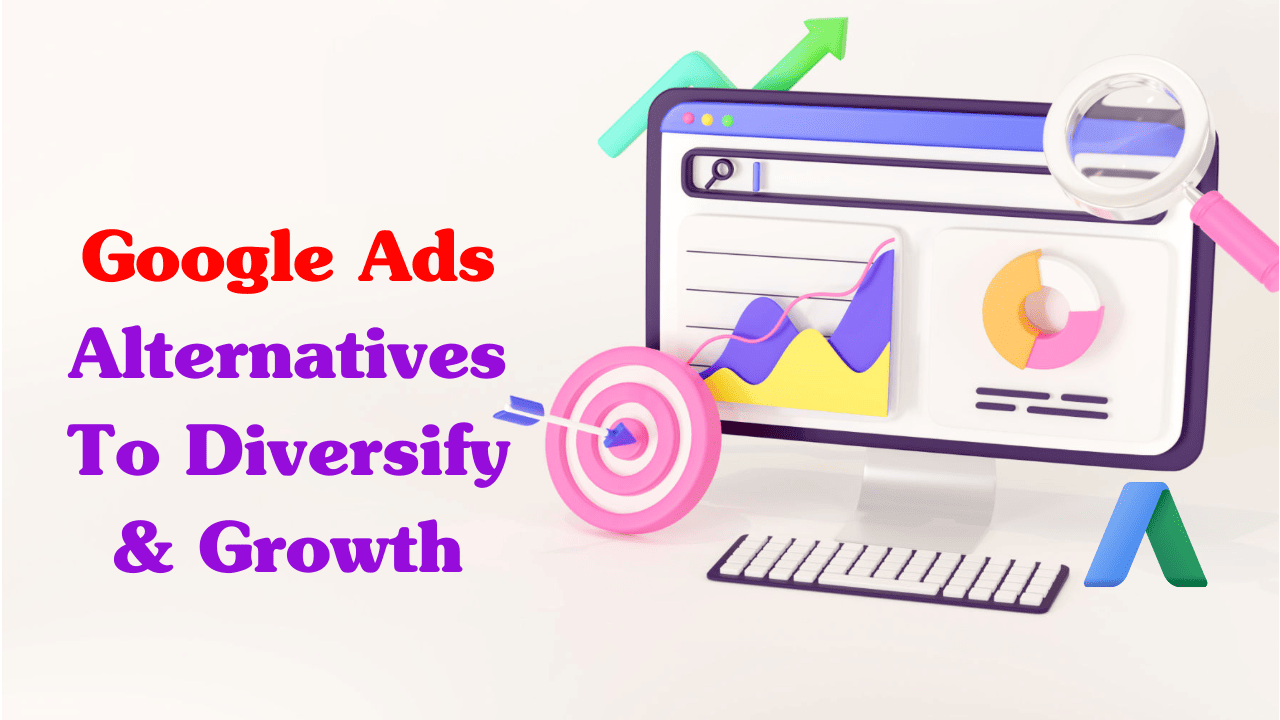SEO and PPC are often at odds because there is a tendency to use different sources of information for each channel, and that creates communication silos between the groups. The areas of conflict usually come down to three key factors: reporting, landing pages, and budget.
Similarity Between SEO and PPC
There are some obvious similarities between SEO and PPC. For one, both methods aim to drive potential clients to a website. Secondly, they are both based on keywords, wherein advertisers research profitable phrases in PPC, and SEO marketers analyze relevant terms to be optimized.

Benefits of Keyword Research for SEO and PPC
Keyword research generally plays a major role in any search engine marketing, whether PPC or SEO. Through PPC, the advertiser uses keywords to bid on targeting, and in SEO, the website is optimized with the help of keyword research to rank higher in organic search results.
By digging into relevant search terms that online users are searching for, marketers gain an understanding of the topics that resonate most with the audience. This would enable the creation of more effective campaigns and yield desirable results.
Using Cross-Strategy Data
Data obtained from one strategy can be effectively applied to the other, then optimize return on investment across both channels.
For instance, if certain keywords prove highly successful in PPC campaigns, integrating these terms into organic content efforts can lead to similar rewards.
Likewise, data collected from organic searches, such as average session duration or bounce rate, can inform the structure of future PPC campaigns, enhancing their overall success.
Difference Between SEO and PPC
Both SEO and PPC have one thing in common, to drive website traffic. Still, their differences arise in many aspects.
-
Visibility
SEO yields organic search results that rank below the paid ads on the search engine result page, while the top positions are taken by the PPC ads.
Organic rankings in SEO must acquire visibility through the effective application of strategies such as content creation and link building, while in PPC, advertisers pay for every website visit generated through their ad.
-
Return on Investment
The PPC keywords will commonly produce a return almost immediately, by creating awareness or conversions on every click of the advertisement.
However, this might be somewhat temporary once the campaign ends. On the other hand, SEO may take time before eventually gaining momentum and often is much more sustainable.
The minute a company’s search optimization strategy starts to deliver some results, changes usually continue for a longer period compared to the short-term gains from PPC ads.
-
Cost
Both require some upfront investment to yield any returns. SEO involves investing in quality content creation and technical optimization services.
PPC involves ongoing costs for each click of the ad, plus additional costs from platforms like Google Ads or Bing Ads for hosting campaigns.
Choosing between them depends on your business goals. However, it’s also possible to integrate SEO and PPC for a more comprehensive approach.
You may also like: What Is PPC Management
How PPC and SEO Work
Search engine optimization, or SEO, is the process of optimizing your website to rank higher in search engine result pages. It includes techniques such as keyword research and content optimization, among others, to increase the visibility of your website.
SEO focuses on those specific words and phrases that your potential customers are most likely to use when trying to search for goods and services like yours.
Pay-Per-Click advertising, popularly known as PPC, is a type of online marketing where a business creates an ad to appear in search engines and pays each time the ad is clicked.
While SEO takes time before yielding any results, with PPC campaigns, traffic can be generated almost immediately after it goes live. The cost per click in PPC is influenced by the competitiveness of the target keyword.
Being paid for, it contrasts directly with SEO, which involves building organic rankings over longer terms through strategies such as link building and content. Instead, PPC will always carry short-term objectives, similar to increased conversions or sales.
Advantages of Combining SEO and PPC Strategies
SEO and PPC work in tandem as a very powerful combination to help organizations increase visibility and lift brand awareness. If one were to incorporate an effective SEO strategy with running PPC ads, the businesses would ensure complete outcomes while keeping their overall costs significantly lower.
Here are three compelling reasons why PPC advertisers should consider integrating a cohesive SEO strategy into their marketing mix.
-
Increase Visibility
Both SEO and PPC play a role in increasing the odds of potential customers finding your website. By strategically bringing these together, your website could show up in more areas than just organic search results or paid ads alone.
This increased exposure builds bridges to more people who will likely be interested in what your business has to offer.
-
Establish Brand Awareness
SEO and PPC efforts play a key role in developing brand recognition. People tend to get familiar with your brand every time your business name pops up on organic results or sponsored social media advertisements.
Brand recognition may bring about better conversion rates as visitors feel free to deal with the businesses they have some sort of previous knowledge about.
-
Lower a Budget
One of the key advantages brought about by combining SEO and PPC is that there could possibly be a reduction in costs. As both involve different scales of investment, spreading your investment into multiple smaller campaigns instead of focusing on only one area now becomes possible.
This, however, spreads small businesses in wider circles to tap potential audiences and widen their horizon without much financial strain.
Here are how to make SEO and PPC work together for your business.
Foster Collaboration on First-Party Data Readiness
First-party data usage is something every digital marketing campaign should consider. Checking the compliance status of your brand requires input from your SEO and PPC teams.
If you rely heavily on remarketing campaigns, especially in industries with high costs or intricate customer journeys, you will increasingly rely on native audiences.
While some of these audiences can be potent, the majority may not perform quite as well as audiences that are based on brand-tracked activity. Using analytics audience segments can be an effective strategy to mitigate the variability in quality.
It’s important to make sure these audience segments have consent and are compatible with the new global site tag, updated to GA4. In configuring cookie consent, it’s crucial to follow the rules of cumulative layout shift (CLS).
Generally speaking, modules positioned at the bottom of the page are usually more approved since they don’t interfere with the user’s purchase journey and hold much less CLS risk.
Protect the first-party data collected either by hashing and syncing through tools or by promptly deleting it once uploaded into ad accounts. Collaborate with your SEO team on content campaigns to embed engaging hooks that stimulate conversational consent.
You may also like: How To Optimize Your PPC Performance
Analytics
A significant drawback in the current implementation of GA4 and conversion modelling is needed for advertisers to make a choice between relying on analytics as their primary source of truth or leveraging the capabilities of improved conversions.
To use improved conversions, native Google conversion tracking is required. Although enhanced conversion tracking provides a more accurate insight into the performance of paid campaigns, the numbers will consistently deviate from those reported by the SEO team.
For the sake of trust and data consistency, it might be reasonable to accept the discrepancy in PPC-reported numbers as long as the overall metrics indicate a positive return on ad spend (ROAS). Opting for enhanced conversions entails acknowledging and accepting the divergence in reports, and all involved parties need to be comfortable with this reality.
Recognize and Adjust According to Domain Structure Choices
There are three approaches to configuring brand URLs:
- Using one domain for all content, including international.
- Using subdomains for various initiatives.
- Implementing vanity domains and country-specific domains.
Regardless of the chosen path, pages dedicated to PPC should be set as noindex/nofollow while ensuring accessibility for the adbot to contribute to the quality score.
It’s uncommon for non-ecommerce brands to benefit from consolidating everything in the same domain. This is because certain strategic elements crucial for SEO may conflict with PPC requirements:
- SEO discourages duplicate content, while PPC benefits from testing templates.
- SEO thrives with a robust navigation bar, while PPC performs better with limited choices for user action.
- Redirecting a page, which SEO might need, could lead to disapproval of the ad, and repeated instances (three strikes in a 90-day period) may result in the suspension of the ad account.
These challenges can be effectively addressed by utilizing subdomains, allowing benefits for the main domain without imposing creative or technical compromises on the SEO and PPC teams.
Moreover, using a subdomain enables the maintenance of the same analytics property and branding continuity.
If compelled to use the same landing page for both PPC and organic traffic, ensure that any redirects are communicated at least three to five days in advance. This provides the PPC team with sufficient time to adjust creatives, preventing the waste of resources on directing traffic to a malfunctioning page until the ad is disapproved by Google.
Effective communication of inventory status is vital for both PPC and SEO. Continuous product unavailability can lead to search engine penalties. Therefore, it’s essential to inform all campaigns about inventory issues, enabling the exclusion of products from paid campaigns and the application of the out-of-stock schema to the organic page.
Infuse Transactional Intent and CRO Across All Pages
SEO is often unfairly characterized as the “research” channel, with PPC exclusively held responsible for transactions. While there may be valid reasons for this perspective on traffic, there are valuable lessons in building trust and facilitating transactions that both channels can glean from each other.
For instance, although PPC pages typically feature less content, there still needs to be accessible information to comprehend the product or service. This content, whether in written or video format, should be positioned below the fold to maintain a clear path to conversion.
Similarly, while SEO demands rich and authoritative content for optimal ranking, if the path to conversion is obscured or nonexistent, the generated traffic becomes inconsequential.
You may also like: How To Create PPC Text Ads That Are Trustworthy and Clickworthy
Use Search Query Reports to Guide Campaigns
One of the most effective methods to foster collaboration between PPC and SEO is by sharing data on search queries.
The search terms report, for which you are already investing, provides valuable data. Sharing this information, including what is converting and what is not, can guide content teams on where to allocate resources.
However, an often overlooked opportunity is sharing search terms obtained from in-site searches and the search console. Understanding the needs and thought processes of existing customers aids in prioritizing keyword variants.
Both channels should actively exchange search term data to provide brands with insights into content viability and auction prices. Establish a routine for automatic report sharing, preferably on a quarterly basis, to ensure seamless communication across all digital channels.
Allocate Time for Regular Communication
While it might sound like a simple and commonplace suggestion, the value derived from engaging in direct communication with your counterpart is immeasurable. Whether it’s a brief 10-15 minute check-in at the start of the week or a monthly collaborative session, dedicating time to discuss innovations and challenges in each domain ensures that both sides are prepared to enhance or address potential issues.
If you’re part of an agency and your counterpart is affiliated with another agency, consider arranging joint meetings with the client or separately.
Demonstrating your commitment to the brand’s success and fostering a collaborative approach can significantly contribute to client retention and safeguard against unintentional conflicts with the excellent work being undertaken.
PPC and SEO don’t need to be at odds
Resolve friction by fostering collaboration and taking responsibility for addressing weaknesses while maximizing profitability.
Would you like to read more about “How to Make SEO and PPC Work Together for Your Business” related articles? If so, we invite you to take a look at our other tech topics before you leave!
Use our Internet marketing service to help you rank on the first page of SERP.










